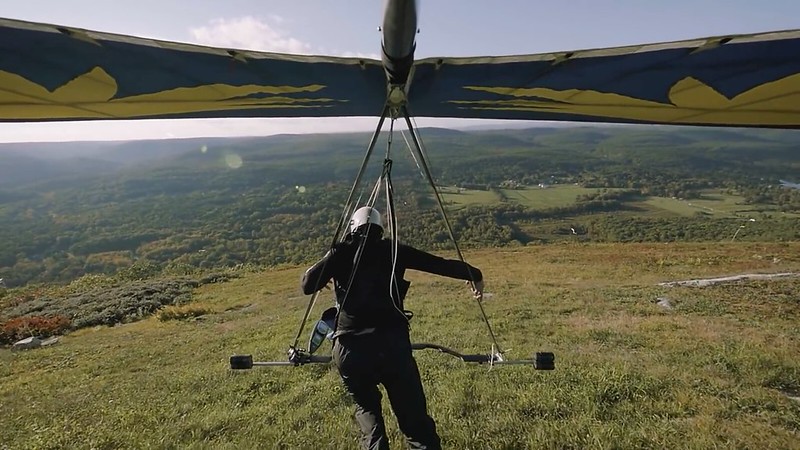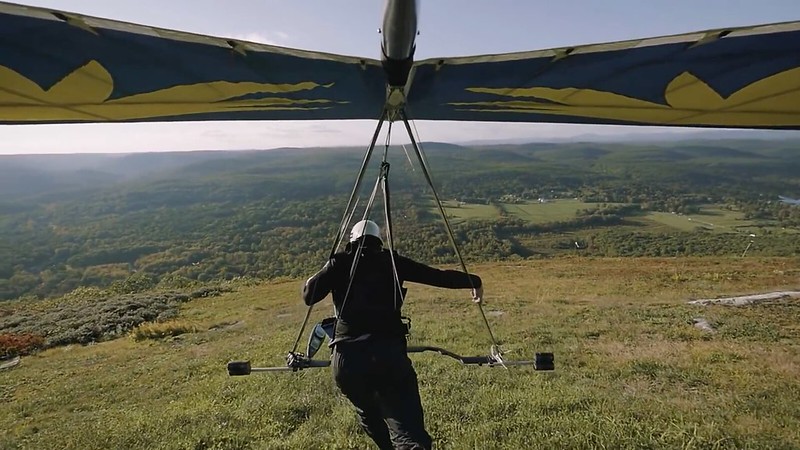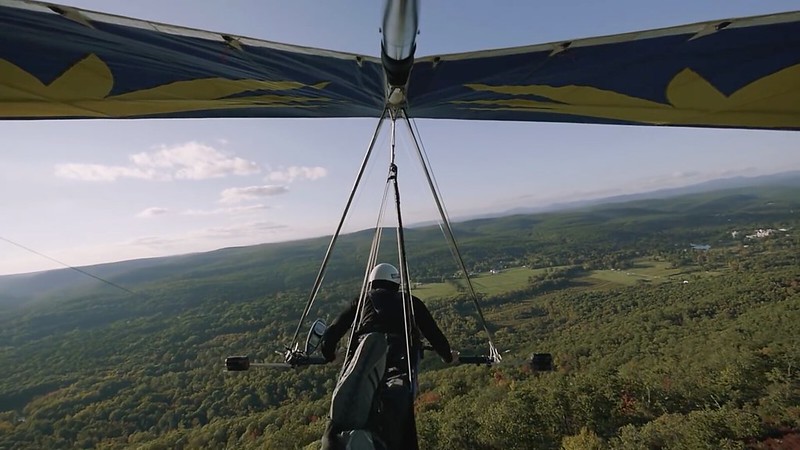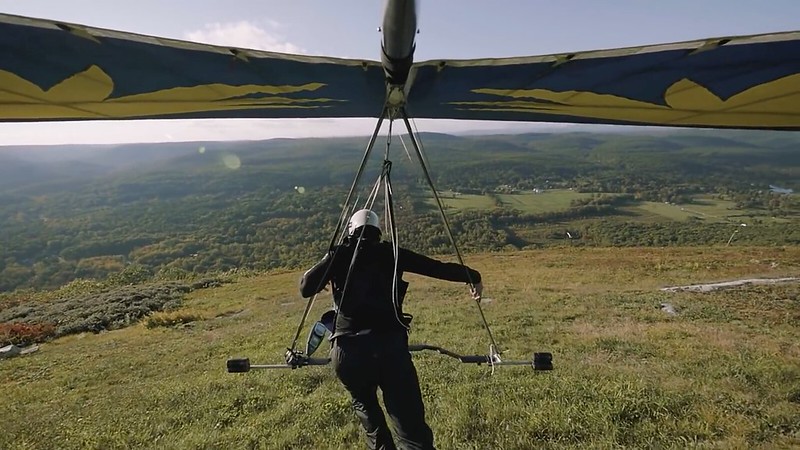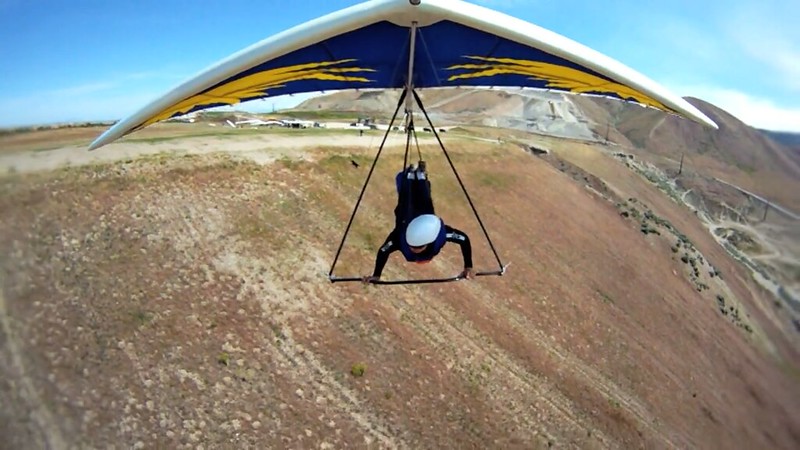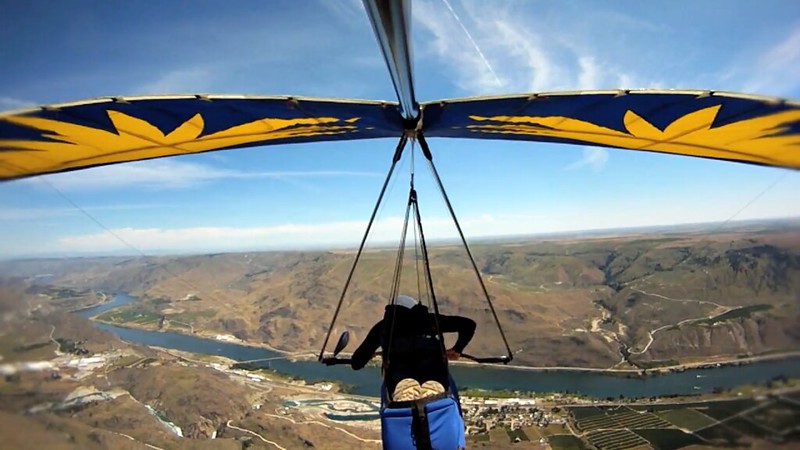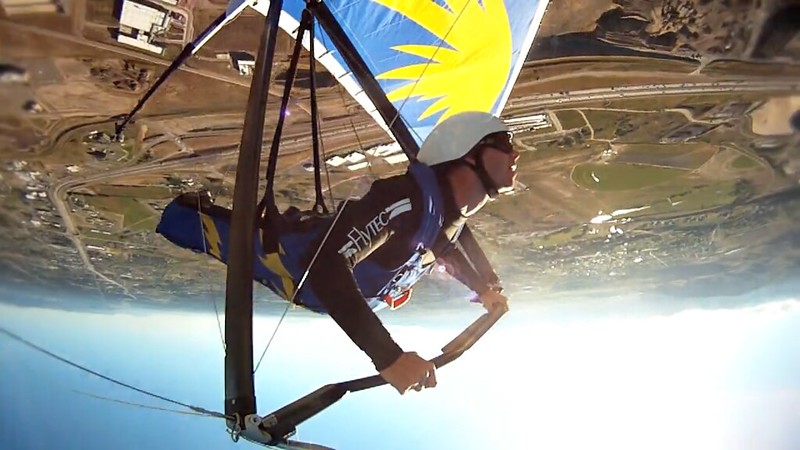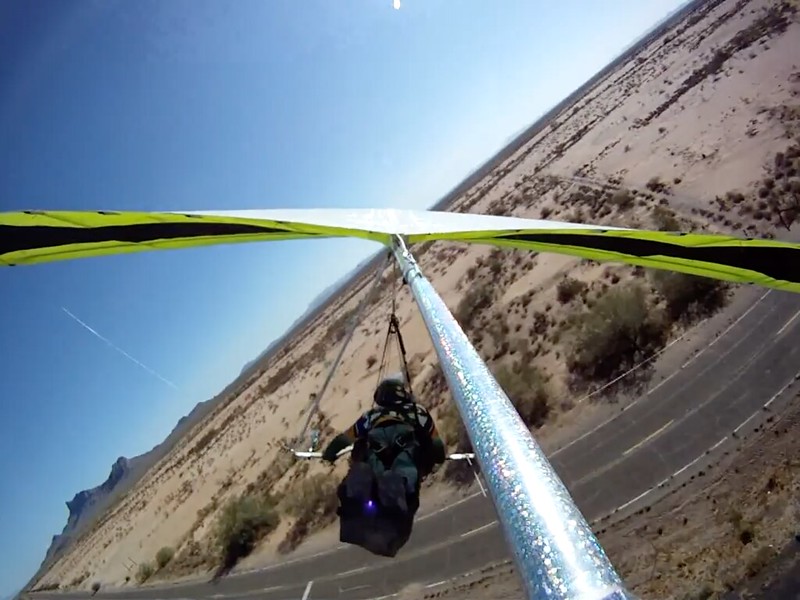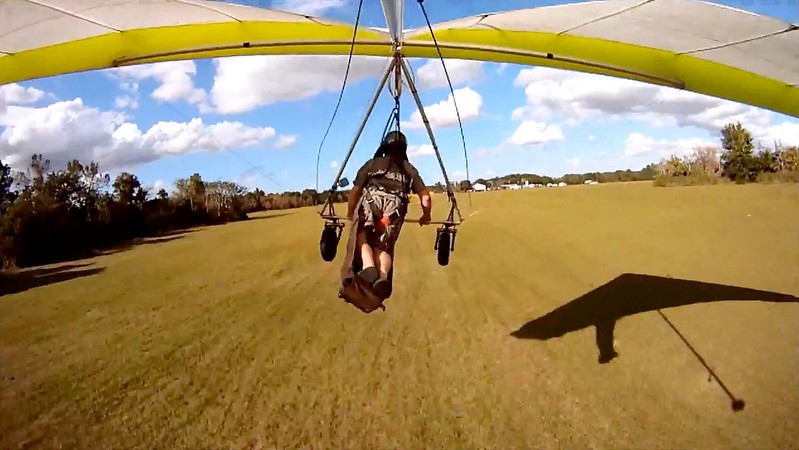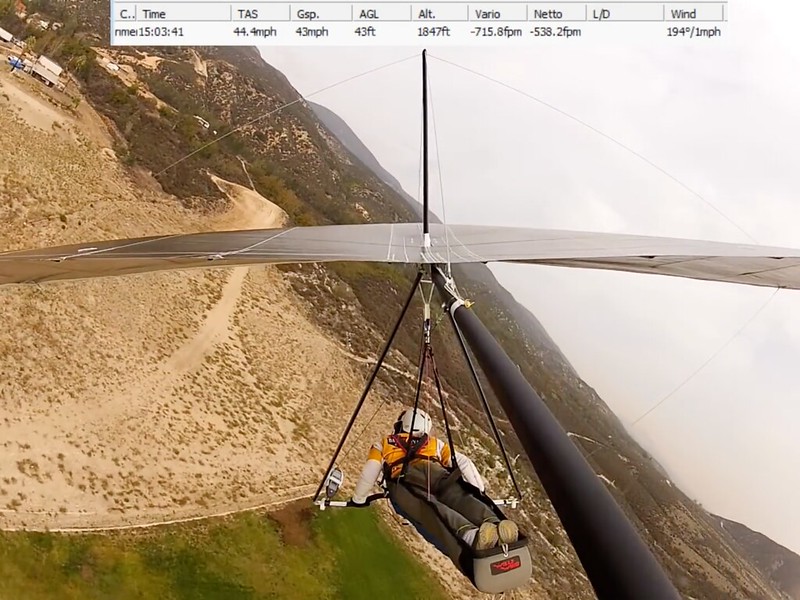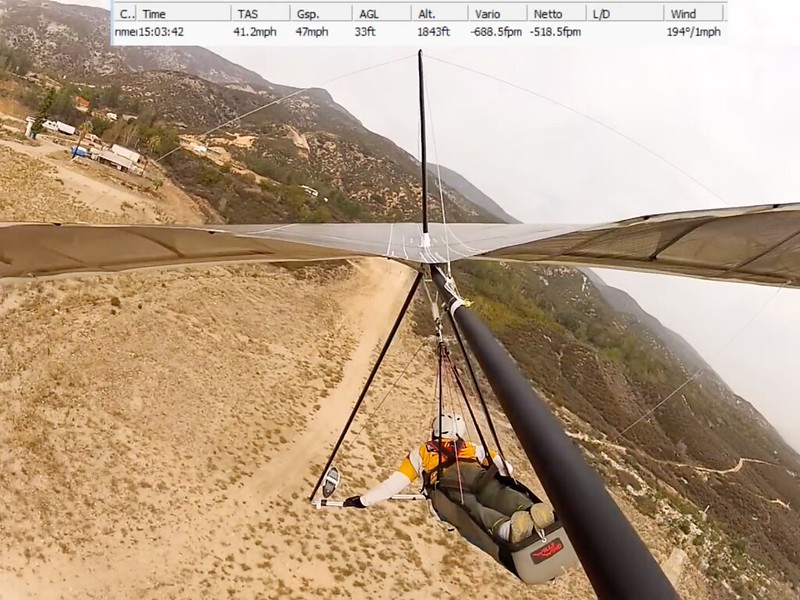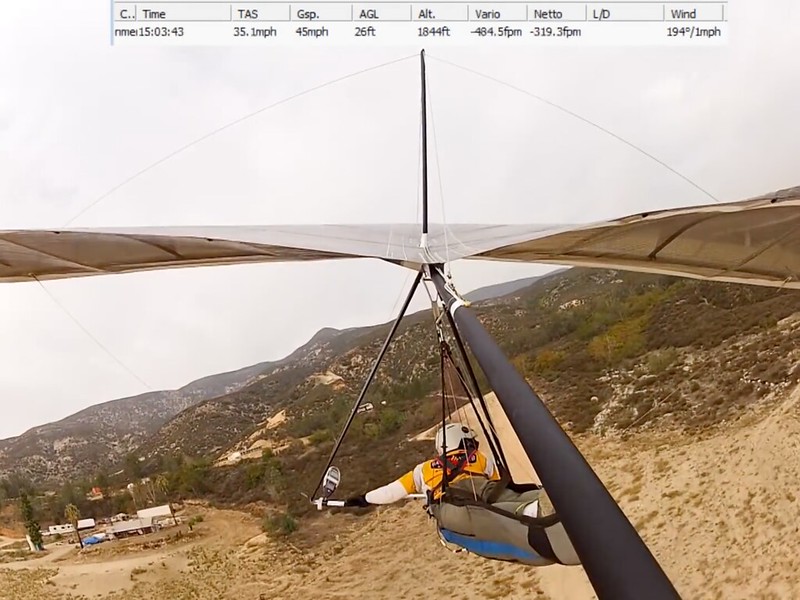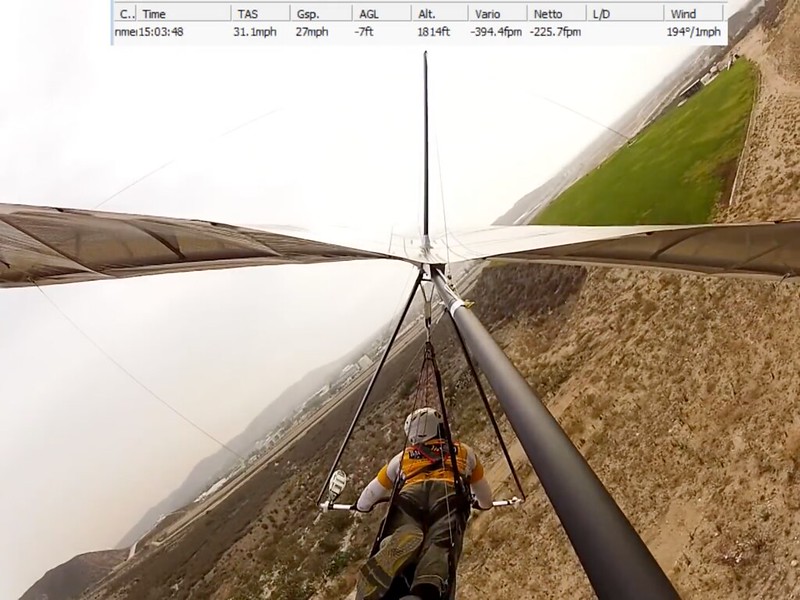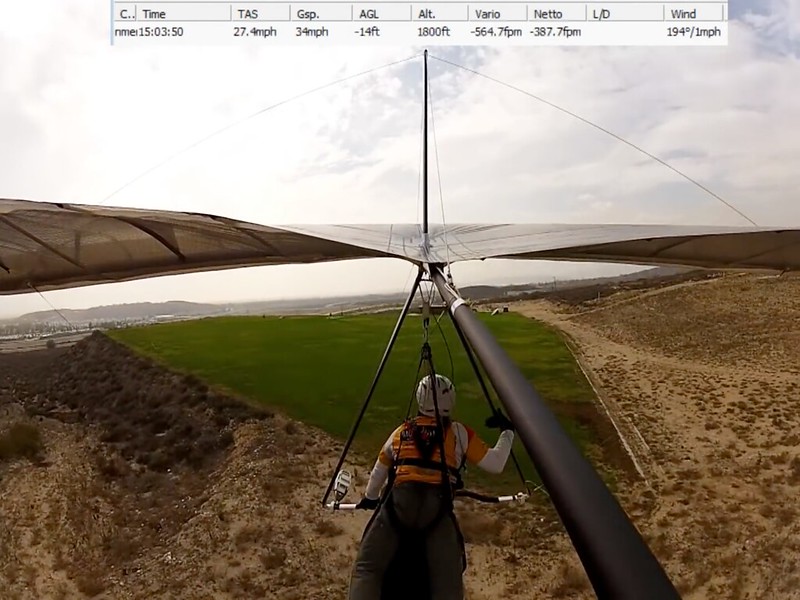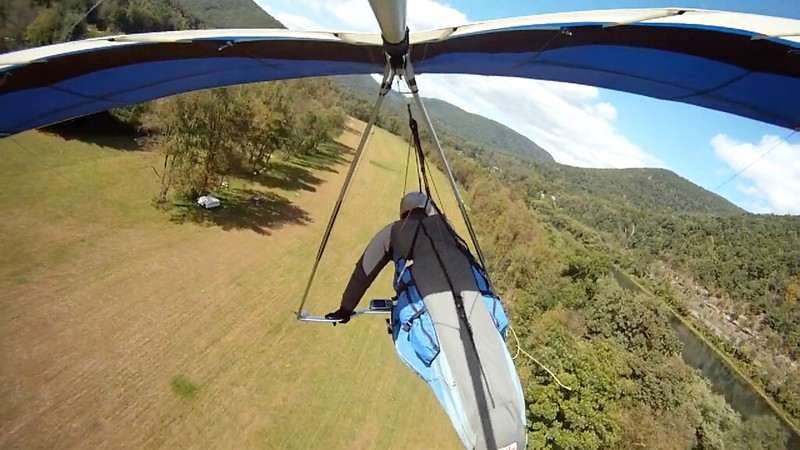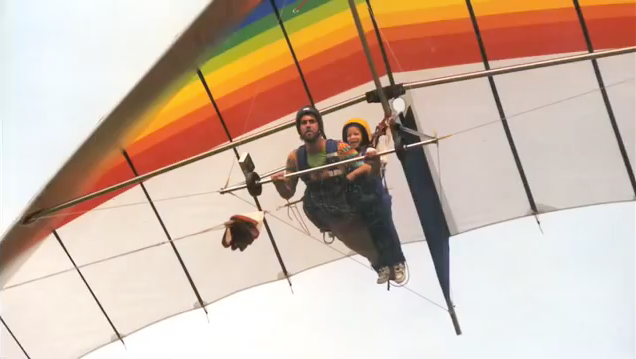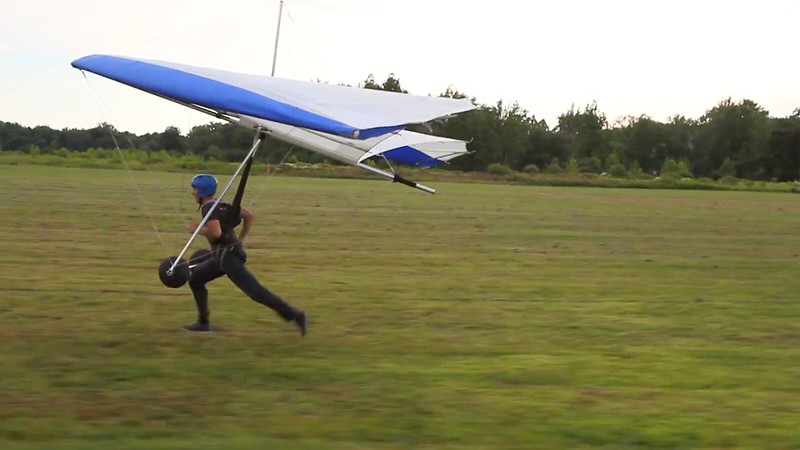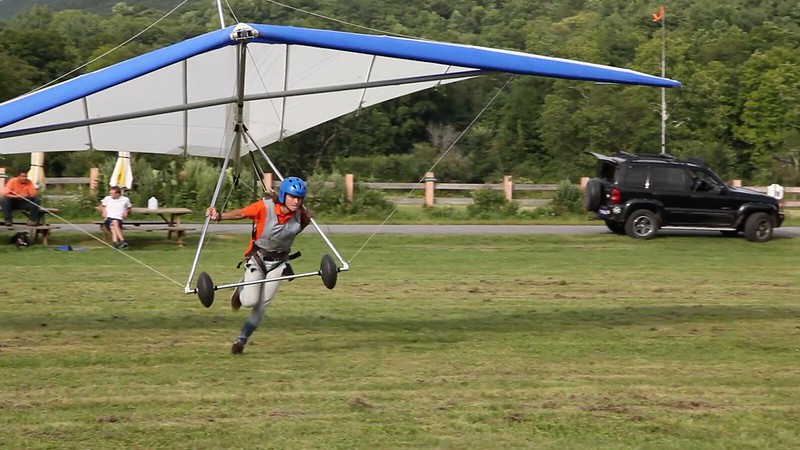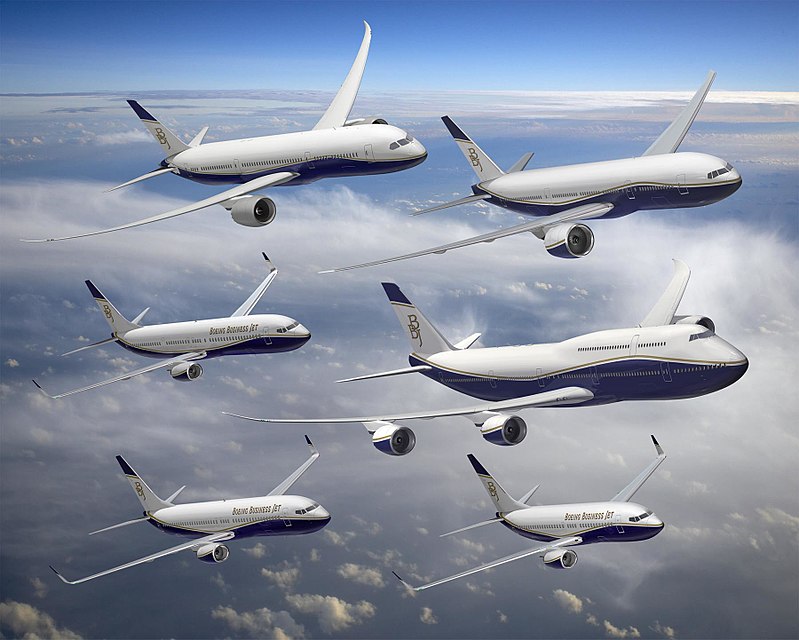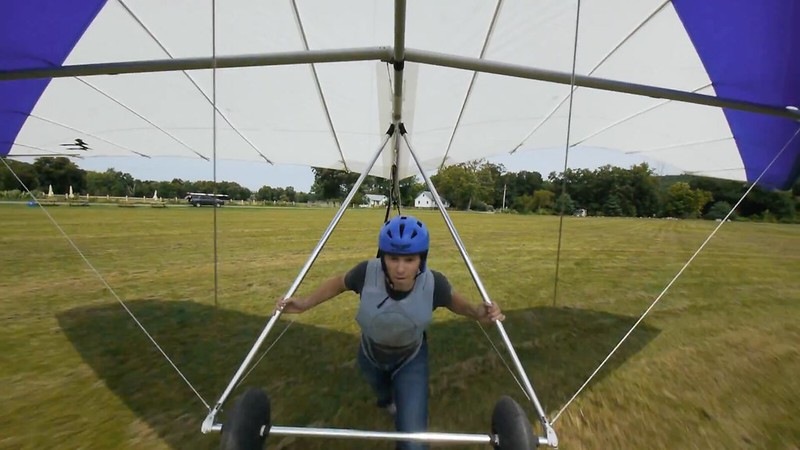Fatal HG crash in Tres Pinos CA 4-3-2016
It's not. It's obviously something this douchebag pulled outta his ass.Rick Maddy - 2016/04/16 04:50:06 UTC
If this is an issue...Michael Grisham - 2016/04/15 19:28:57 UTC
The problem with scooter towing for the new student is the repetitious nose high attitude takeoff practice becomes an ingrained habit. Ten years later the student will be on a cliff launch and the nose high attitude will be so ingrained it will take continuous conscious effort to keep the nose down, an un-natural act.
It would also require a graduating student to be fundamentally incompetent....then it is due to poor scooter towing instruction.
And anyone who can do that has got a pretty good feel about how to fly a hang glider.When I came back into this sport back in '07 I re-earned my H2 primarily through scooter towing. The first day was mostly relearning how to ground handle and practice ground runs with a proper nose angle, balance, etc.
Ex fuckin' zactly.And then every single scooter tow (from only getting 10' off the ground on up to getting 500' off the ground) started with a proper nose angle that would be appropriate for any foot launch.
The glider itself is pretty good at giving you feedback on those issues.Any bad launch started with the nose too high was either aborted if needed or the tow operator got you into the air (safely) anyway. Either way, you got a good talking to about the bad, nose-too-high launch.
They save that for the stunt landing.When taught properly, no student comes away from scooter towing with any bad habit of launching with the nose too high.
So you're saying it's an obvious common sense thing?Especially when combined with the occasional training hill days where proper nose angle for the given slope is reinforced.
2016/04/16 08:52:47 UTC - 3 thumbs up - Don Arsenault
Where's the center of gravity? The pilot's part of this equation and he's a pendulum. How 'bout talking about the center of lift instead?Erik Boehm - 2016/04/16 09:12:57 UTC
Back to tow line force, running to the side, etc.
As long as the force is being transmitted directly to the center of gravity...
It bloody well WILL. If you run to the side the glider WILL bank - the way you don't want it to....it won't exert any torque, although it will change your velocity vector (i.e. running to the side, the hangstrap will pull the glider to the side you're running, but it won't change the bank).
I don't think this is particularly relevant. We're not talking about a wing generating lift and they roll the plane belly up shortly after they clear the pad.This same concept applies to the space shuttle... the main engines on that had a 20 degree gimbal range to keep the center of thrust pointing at the center of mass (which moved considerably as the "belly" mounted external tank emptied, and the solid boosters burned). Initially, the main engines actually impart quite a large lateral force, without changin the orientation.
The center of mass is about two thirds of the way down the suspension from the wing to the pilot. If you apply a lateral pull it WILL roll the glider - in the opposite direction.Whether its rocket thrust, force from a hangstrap, or force from a tow line, force through the center of mass does not impart any torque.
Really amazing how much total rot in hang gliding one hears all the fuckin' time about stuff that works...Without touching the control bar, you can't exert torque. I've heard this run toward the low side a lot... but as people here have said, in my experience it doesn't work and you have to run while pulling yourself ot the lowside with the controlbar.
http://ozreport.com/forum/viewtopic.php?t=24846
Is this a joke ?
...and actually doesn't - and usually does the precise opposite - ain't it, Erik?Jim Rooney - 2011/08/25 21:40:25 UTC
Anyway...
Weaklink material... exactly what Davis said.
It's no mystery.
It's only a mystery why people choose to reinvent the wheel when we've got a proven system that works.
096-14515A tow line is a bit more complicated, because past a certain angle, it may exert a force on the control bar... as you see at at about 1:45 here, where its pulling the basetube down.
http://vimeo.com/68791399
http://vimeo.com/68791399
http://farm9.staticflickr.com/8629/16673939502_08b58b0ffa_o.png

Note that you can barely see where the towline's running at 1:45. It's running down a bit for of the line defined by the port sidewire - with LOOKS LIKE it's the towline.
15-02429As to this video... it seems to me that at between 0:25...
http://farm6.staticflickr.com/5555/15064050182_4cc0c18510_o.png
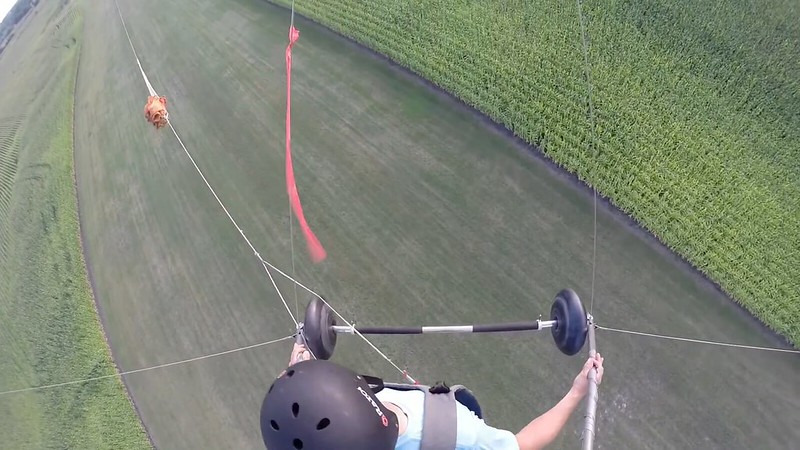
22-02829...to 0:29...
http://farm4.staticflickr.com/3848/15061370341_9918a800bb_o.png
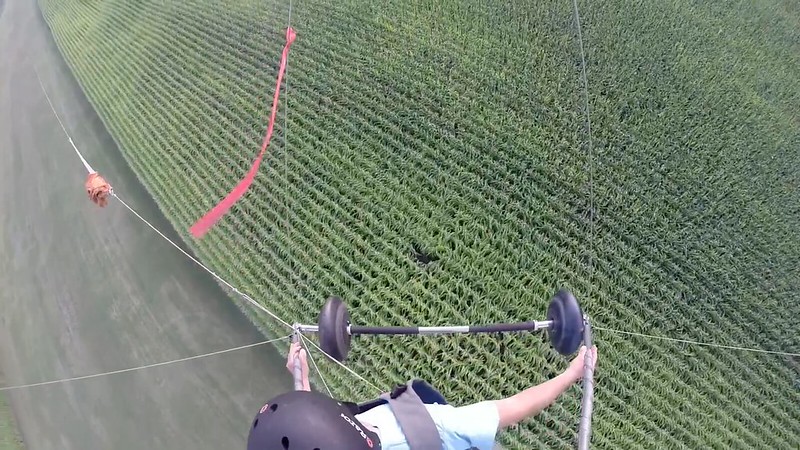
So that it stops pushing the glider backwards....line pressure was released...
Bullshit. He's also flying increasingly towards perpendicular to the tow so of course you're gonna see more line curve....as you see a lot more curvature in the line...
Wouldn't you expect to see more nose up on a glider heading towards the pull than on one flying away from it?http://www.youtube.com/watch?v=4pkB7GIxTUU
http://www.youtube.com/watch?v=4pkB7GIxTUU
coupled with a decreased attitude.
32-03504By 0:35...
http://farm4.staticflickr.com/3923/15064015812_fde0f7ec1a_o.png

Ya think?...he's not moving closer to the tow source, indicating that the line isn't still being reeled in.
But WITH the line cut there will be zero issues related to the line being dragged across the ground and through the corn. Granted, it may not be a significant factor, but it sure was when Shane Smith's cut towline end snagged at the pulley.Still without the line actually cut, there will be tension, especially as he's turning away from the tow source rather than towards it.

 I see you account is new. Why not tell us something about yourself in a separate, introduction post?
I see you account is new. Why not tell us something about yourself in a separate, introduction post? 


